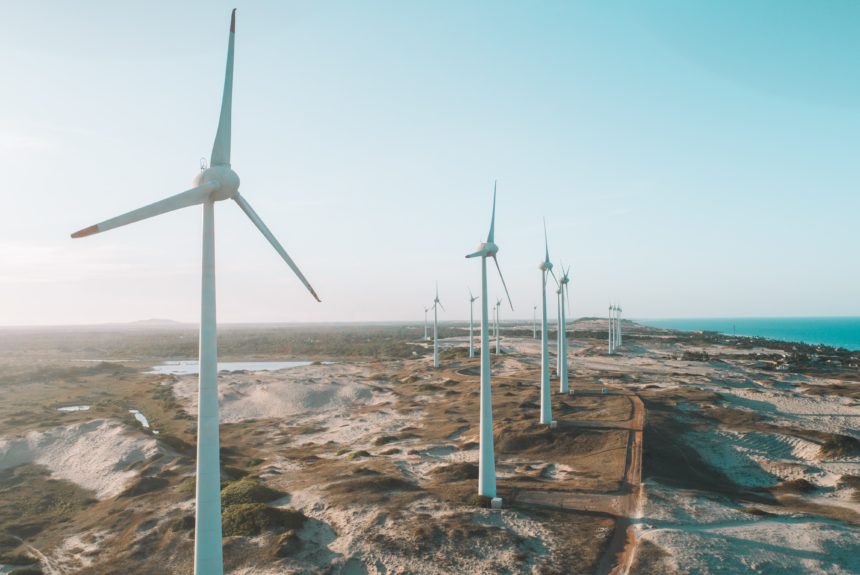While wind turbines provide emissions-free electricity, they still have sustainability issues. Since recycling methods for turbines are still being developed, the industry has historically sent these blades to landfills after they are decommissioned. A recent discovery, however, may revolutionize their life cycle and bring a truly sustainable focus to the wind industry.
Why Is A Solution Needed?
The U.S. needs a solution to turbine-blade recycling because its current methods are not environmentally friendly. Although a single wind project can produce 300 megawatts of power sustainably, it damages the environment once it is out of commission.
>>>READ: Amazon, AES Collaborate on Mississippi’s First Utility-Scale Wind Farm
Wind energy production has experienced rapid growth for decades, making it one of the fastest-growing power sources globally. While this trend primarily provides economic and environmental benefits, it is worth noting that every energy source has some ecological footprint.
Epoxy resin — otherwise known as thermoset composite — is used for about 82% of wind turbine blades because of its durability. While it makes turbine blades much stronger, recycling is virtually impossible. As a result, the material goes straight to landfills.
While previous attempts at a solution have focused on finding alternatives, epoxy resin is the industry standard because it is abundant and affordable. Even if researchers found a different viable material, they must also find a way to address the issue of wind turbines in landfills.
Since wind energy is becoming more common, this issue will significantly grow unless someone steps in. In fact, experts from the University of Cambridge project turbine blades alone to account for over 43 million tons of waste by 2050.
A truly sustainable solution must encompass all previous and existing wind turbines. With thousands approaching the end of their operational life, a recycling method addressing epoxy resin use is essential.
Encouragingly, the Global Wind Energy Council projects around 90% of the materials in a wind turbine could be recyclable. The right method could divert millions of tons of waste from landfills, improving sustainability. Vestas, Aarhus and Olin may have created an effective solution.
What Is the Solution for Turbine Blade Recycling?
In 2021, the Danish wind turbine manufacturer Vestas partnered with Aarhus Technological Institute and the Olin epoxy company in the U.S. to develop a revolutionary recycling technology using a chemical decommissioning process.
The recycling process uses a non-toxic chemical to break down the epoxy-based turbine blades. The groundbreaking practice is safer and more environmentally friendly than incinerating or landfilling them. Plus, it results in a usable thermoset composite, meaning manufacturers can produce new products from old ones.
Soon, thousands of wind turbines across the country will need decommissioning. While they would traditionally go to landfills, this new chemical recycling process makes them reusable. On top of being more sustainable, it means manufacturers require significantly fewer raw materials to create new blades.
>>>READ: Wind Power Is On The Move in South Dakota
This method can remove millions of tons of waste from landfills, contributing to massive growth in the wind industry. Since the chemical compound is affordable and widely available, the process can also be easily scaled to meet growing demand. With an estimated 25,000 tons of blades expected to reach the end of their lifetimes by 2025, the timing of this breakthrough comes at an especially important time.
Since epoxy resin is the industry standard material, this chemical recycling process encompasses almost all past and existing projects. Manufacturers can even keep their current production methods the same. Once Vestas, Aarhus and Olin scale to meet demand, the wind sector will have a comprehensive approach to sustainability.
The new sustainable solution for recycling epoxy turbine blades exemplifies the work of the private sector in developing innovative solutions to address energy and environmental challenges. This breakthrough could also be the start of creating a truly circular wind economy.
Jane Marsh is the Editor-in-Chief of Environment.Co.
The views and opinions expressed are those of the author’s and do not necessarily reflect the official policy or position of C3.
